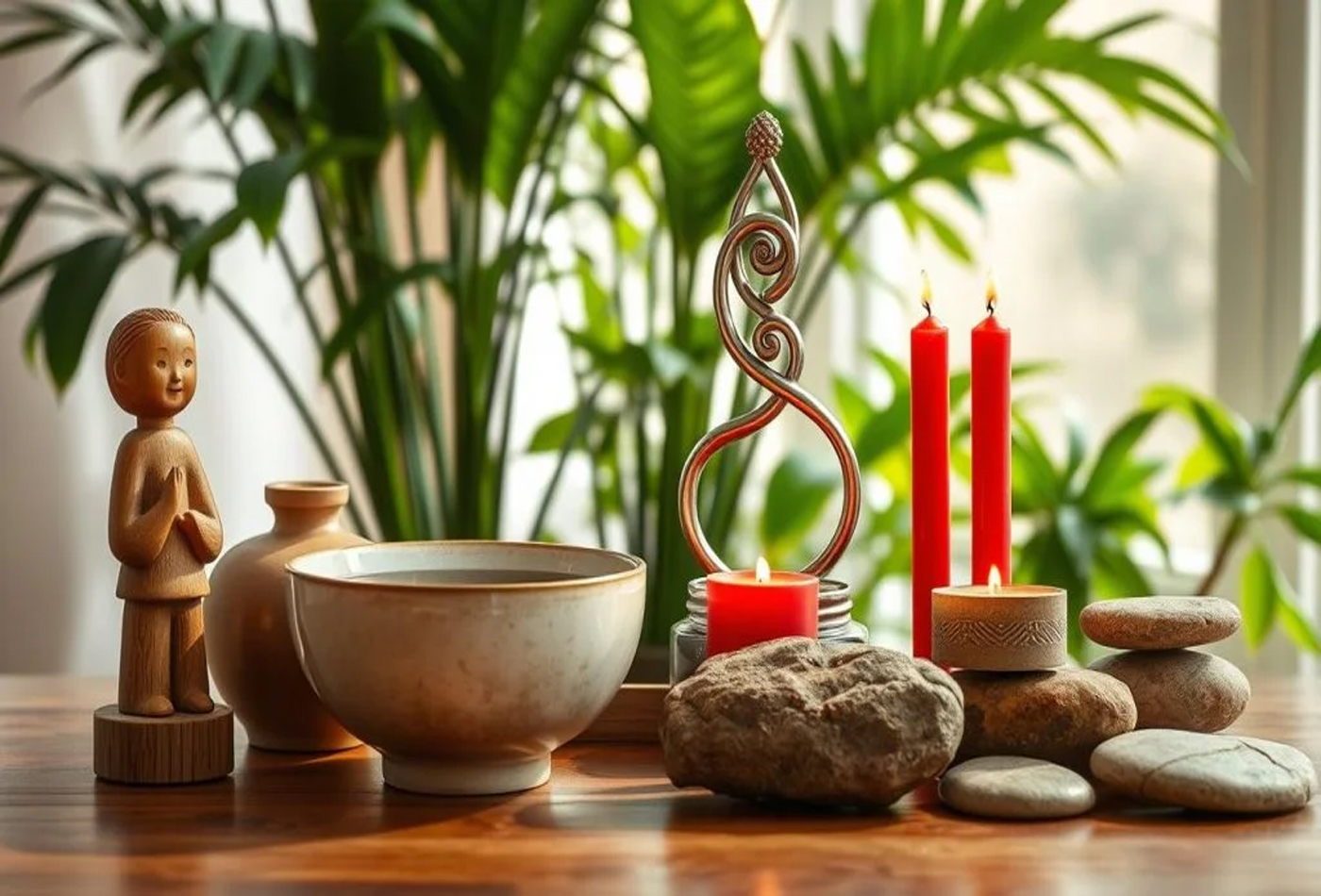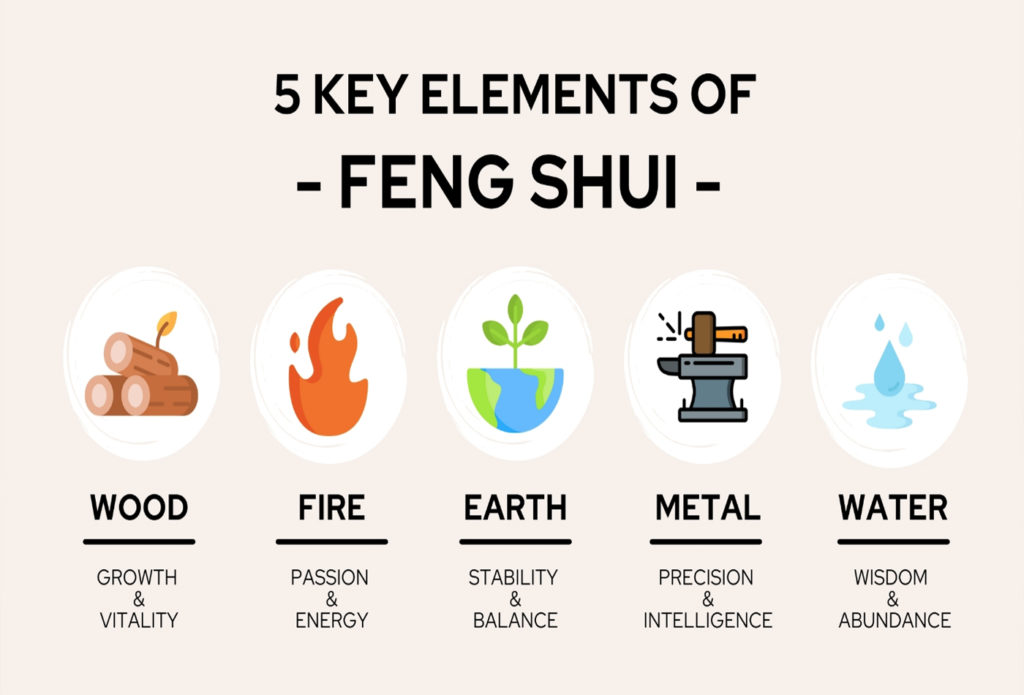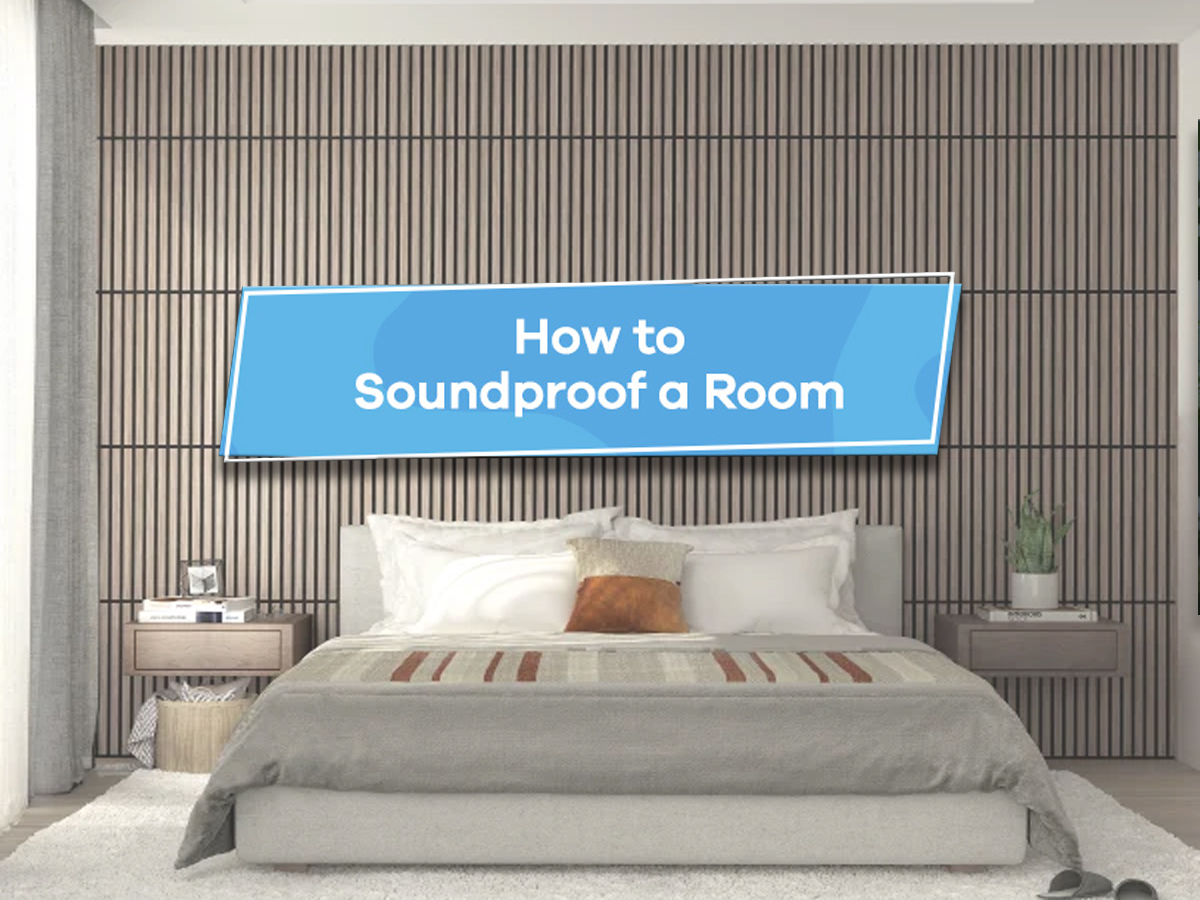
Feng shui Interior Design Principles
Top interior designers in India are now incorporating the principles of Feng shui while designing luxurious homes. Feng shui is an ancient Chinese practice that involves placing furniture and objects in a particular way to promote harmony and revitalise the environment in the house. Feng shui principles balance five elements – earth, water, fire, wood, and metal. They create a flow of Chi (positive energy) and a state of Shū fú (harmony with the universe) to improve health, wealth, and relationships. Feng shui interior designprinciplesoffer a holistic approach to creating harmonious, serene, and energy-infused living spaces.
Feng shui Principles in Interior Design

Feng shui can transform the energy of any house. The holistic practice is more about how a home feels than how it looks. But before you consider introducing Feng shui in your home, here are 10 Feng shui principles in interior design to follow for best results: –
1. Use the Commanding Position
The first rule of Feng shui is the Commanding Position. It emphasises the strategic placement of furniture to enhance the flow of Chi. Commanding position allows you to see the door directly but not be in line with it. When your sofa, bed, desk, and stove are in a commanding position, you are literally in a position of power. Following this position enables you to relax and yet stay prepared.
2. Balance the Yin and Yang
Feng shui meaning wind-water, focuses on yin and yang energies. Essentially, yin and yang strike a balance to promote harmony and well-being. For instance, balance dark (yin) with light (yang), soft (yin) with hard (yang), feminine (yin) with masculine (yang), open space (yin) with closed space (yang), and curved (yin) with geometric (yang).
3. Consult a Bagua Map
A Bagua/Pakua map is the Feng shui map used to ascertain the energy of a space. The map is placed in the centre of the home indicating nine directions, each representing an area of life. The nine life areas are Prosperity (southeast), Health (east), Knowledge (northeast), Fame (South), Health (centre), Career (north), Marriage (southwest), Children (west), and Travel (northwest). The interior designer activates these areas with furniture and decor items. For example, if the homeowner seeks fame, the interior designer will use red and orange décor items and warm lighting in the south of the house.
4. Introduce elements of nature
Feng shui interior design also emphasises the equilibrium between the five forces of nature – Wood, Fire, Earth, Metal, and Water. Wood represents growth, Fire represents motivation, Earth represents stability, Metal represents focus, and Water represents emotions. Thus, interior designers place objects representing these elements to attract the right energies in the space. For instance, hearing the soothing sound of a water fountain or watching fish swim in an aquarium promotes a sense of calmness and also helps to increase cash flow.
5. Enhance natural light
Natural light is an important element of Feng shui, representing energy flow. Natural light invigorates spaces with positive energy to boost mood, increase productivity, purify the air, reduce eyestrain, and regulate the body’s sleep cycle. Interior designers use light-coloured window treatments, strategically position mirrors, paint ceilings white, install skylights, and place furniture strategically to amplify natural light.
6. Use the power of colours
Feng shui uses colours to increase energy levels, promote good health, and improve emotional well-being. The Feng shui palette evokes specific energies like passion using red, growth using green, and tranquillity using blue. Thus, using the right colours to respond to your energy is an essential component of Feng shui. For example, if your living room has too much red, causing hyperactivity and burnout, reduce its effect by introducing a blue carpet and cushions to balance the red energy with the cooling effect of blue. Similarly, introduce lavender in a spiritual space, yellow or turquoise in the children’s room, salmon in the dining area, green in a home office, and blue in the bedrooms.
7. Declutter regularly
A cluttered space leads to negative and stagnant energy. Feng shui encourages regular decluttering for the free movement of Chi. Remove items that are not needed or used in your home. As clutter can create a sense of chaos, work with a good interior designer to create storage spaces for organising your belongings and streamlining the space. A clutter-free home helps you destress, rejuvenate and recharge.
8. Bring in plants
Bringing nature indoors is not a recent interior design trend but has existed for centuries in Feng shui. Incorporating plants improves air quality, nurtures peace, and creates a harmonious space. Even natural materials like wood and stone attract positive energy. An expert interior designer introduces the right indoor outdoor plants, wood, and stone to infuse the space with a soothing vibe. Hanging plants, vertical gardens, and potted plants create a space that feels alive and positive.
9. Open pathways
Another essential element of good Feng shui is keeping the area leading to the front door clear. Also, furniture must allow easy movement from one room to another. While blocked pathways create stagnant energy, open pathways encourage the flow of energy. In Feng shui, a curved pathway is preferred over a straight path as it controls the energy flow.
10. Create a focal point
Creating a focal point means choosing furniture, art, or décor to draw attention. In Feng shui if a room has no focal point there will be an imbalance in the active and passive energies. A focal point attracts interest, acts as an anchor, and distributes energy. It should neither be too big nor too small but high on visual presentation.
These ten principles dictate the home layout, colour, and décor to create good Feng shui in your home. So, work jointly with an interior designer and a Feng shui expert to energise your home today!





